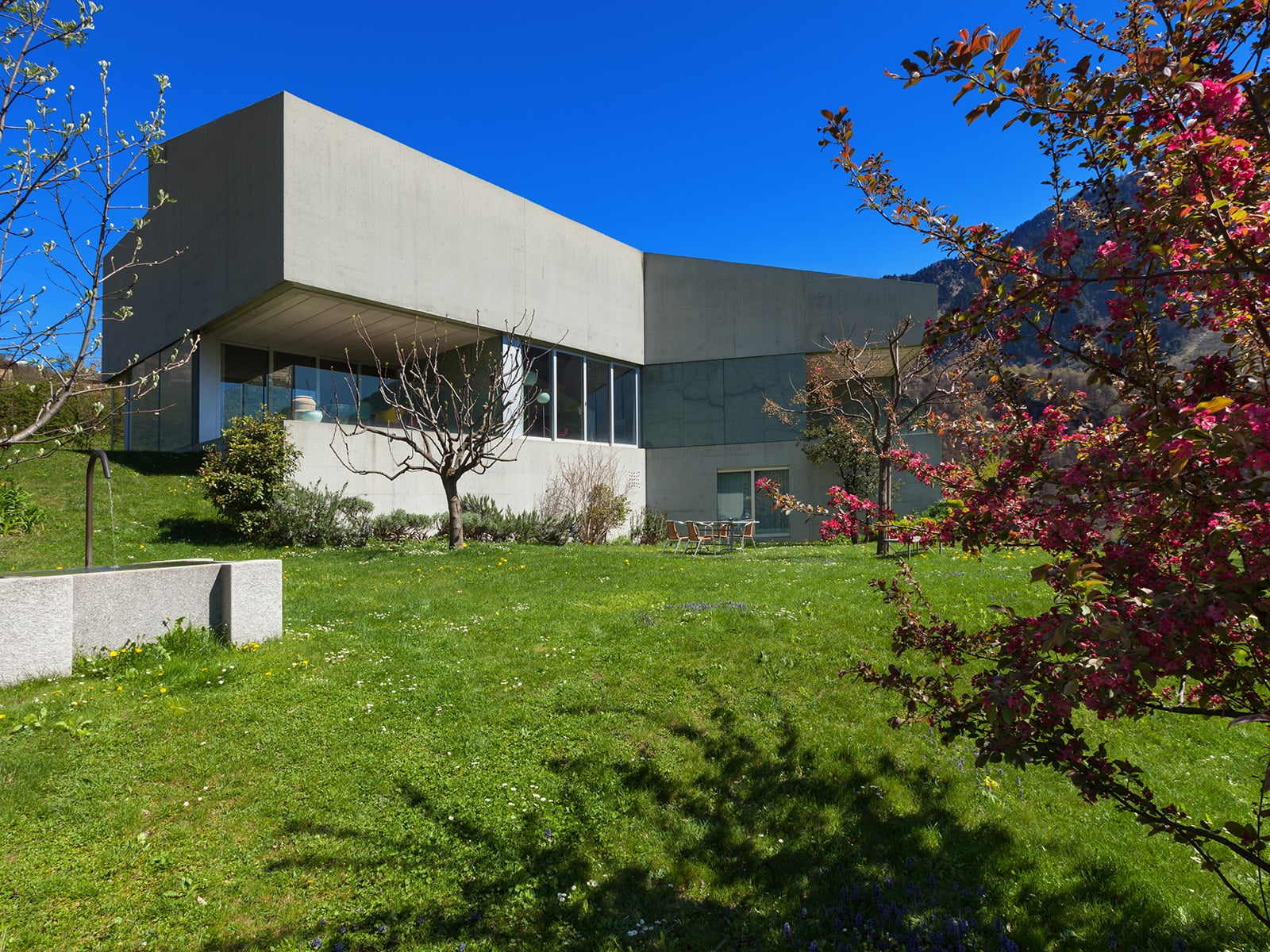What to look for in a sustainable home
Climate change and extreme weather events don’t immediately come to mind as factors that influence a decision to purchase a new house.
But as temperatures across Australia rise, the weather becomes more unpredictable and power costs continue to soar, more and more home buyers are seeking energy-efficient solutions to these problems.
These seven sustainable measures below enhance a home’s comfort, cut energy costs and can be applied to most properties including older established houses.
1. Cross-ventilation
A simple floor plan and the alignment of windows with internal doors are key to efficient and effective cross ventilation. It has a two-fold effect of cooling down a house and keeping it healthy by clearing out humid mould-producing air.
A floor plan with convoluted pathways blocks air and so do rooms without correctly aligned windows and doors that allow a breeze to flow freely through the house.
2. Water capture
Reducing your household demand for water, reusing wastewater and capturing rainwater can all reduce water bills, energy bills and minimise environmental impact.
As showers soak up 34 percent of indoor water use, water efficient shower heads are vital here along with water efficient toilets, washing machines, dishwashers and taps.
How you reuse your wastewater – that is greywater from non-toilet plumbing fixtures, such as showers and blackwater, which consists of waste from the toilet – depends on local council or state health regulations. But do it effectively and it can dramatically reduce your water usage.
Rainwater tanks can also significantly help to reduce your water bills and create greater sustainability, given around 40 percent of household water is used outdoors.
3. Insulation and windows
“Good insulation will improve your comfort,” says Andrew Reddaway, an energy analyst on the policy and projects team at Renew, an organisation that provides independent advice on how to live sustainable in your home and the community.
It can also halve your heating bills.
“A well insulated house that is sealed from draughts will have an even temperature throughout,” Mr Reddaway continues.
“While windows are also one of the big things to focus on. Single-glazed windows have almost no insulation value and simple aluminium frames conduct heat as well.”
An alternative to the expense of double-glazed windows are pelmets and thermal backed curtains which protect against intense heat and chill.
Double-brick walls, aerated concrete blocks, hollow expanded polystyrene blocks, insulation batts and straw bales are all forms of effective insulation.
4. Shade
With strategically placed shading, you can block up to 90 per cent of the heat that could come in through windows, according to The Centre for Liveability Real Estate.
Shading plays a vital role in keeping a house cool in summer, and it can also reduce unwanted glare. Eaves, fixed or adjustable awnings, louvers, shutters, honeycomb blinds, trellises, shade sails and vegetation are all effective shade devices.
“When the summer sun is beating down, it’s crucial to have suitable shade in place,” Mr Reddaway continues.
He says direct sun on 1sqm of a window is “like having a heater turned on”.
5. Sustainable design
Like insulation and windows, spatial zoning and thermal mass also have a significant influence on the liveability of your home and how it naturally reacts to warmer and colder weather.
The latest trend is to maintain the open-plan concept but have areas that can be closed off in winter, to hold in the warmth, and opened in warmer weather to increase ventilation.
Another clever option is to zone a house using doors and partitions to heat or cool individual rooms that are being used.
A home constructed from concrete, brick, stone and tiles is considered to have excellent thermal mass, which is the ability to absorb and store heat energy.
These materials absorb the heat from sunlight during the hotter months and absorb heat from the warm air in the house during the cooler months. Houses in climates where there are more extreme temperature differences from day to night benefit more from thermal mass properties.
Shade, cross-ventilation and solar panels all combine to make a house more energy efficient
6. Compost and mulching
Each year Victoria households alone toss out 250,000 tonnes of food, according to the state government’s sustainability website.
You can save money and conserve the environment by setting up a compost bin or even taking your food waste to a compost near you. Many councils have combined food and garden waste collection or offer community compost sites as well.
Mulching can help to retain your garden’s moisture, control weeds, add nutrients to the soil and prevent it from eroding.
7. Solar panels
If you want to make a personal contribution towards a less polluted planet, save money in the long run and add value to your property, solar PV (photovoltaic) panels are the way to go.
The sun is a renewable, clean energy source that can bring you a number of cost saving benefits.
“Solar panels supply electricity to your home and any excess goes automatically to the grid, to the poles and wires on the street, so you’re earning money,” Mr Reddaway says.
“It depends on your situation, but in three to six years your investment should pay for itself.”
Among a baffling array of information on the topic is the Clean Energy Council’s
Guide to Installing Solar for Households.
As Australia’s leading buyer’s agents, Cohen Handler can help in finding these energy efficient and environmentally conscious aspects of your new home and in conducting due diligence on the property.
Contact the team at Cohen Handler today.
